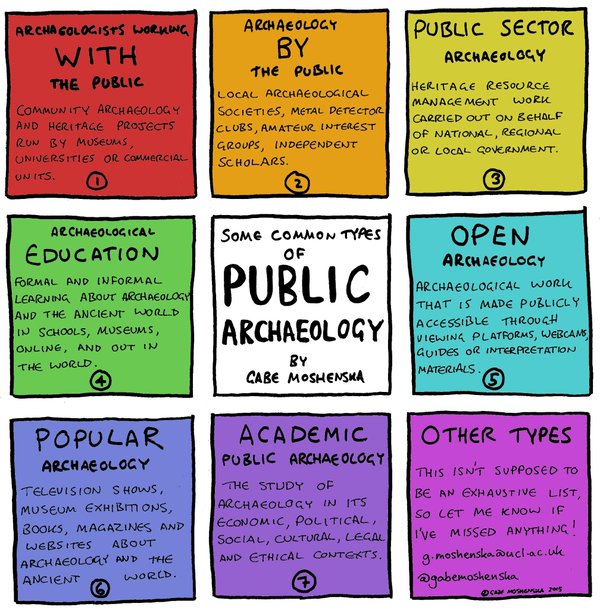Fall 2018, the first step of this project was full of ideas and unknowns. Meeting the requirement of 15 students was the first hurdle this course endured. While the class was being filled by the first group of student wanting to partake in this project. The university worked hard to acquire the necessary permits to allow the course to do fieldwork. Dr Rowe with her hopes held high, discussed her concerns and goals to us in our first class meeting. The list of unknowns grew within the first hour, we did not know the conditions that the cemetery was in, how many graves were visible, if all the graves had headstones, if there was going to a flat place of land to set up the total station (a machine that is a key part of this project), the list went on and on. A few weeks had pasted before the permits were approved, and we took our first steps on the cemetery grounds. The fall semester was full of trial and error but also success. We left the cemetery with a headstone count of 1,015 and 20 unmarked graves that were found by cadaver dogs.
Spring 2018, picking up right where we left off, we again started gathering data from each marked grave. With the help from the previous semesters technological problems we were able to configure a better Kobo toolbox list. Making the task of gathering data per grave a much faster and easier process. With the new Kobo list we were able to collect the marker design, marker type, marker material, orientation of the grave, over all dimensions of the headstone, if there were carved surfaces, overall condition in other words is the headstone was soiled, or stained, etc…. We also recorded the individual’s information, what grave offerings if any and if was a grave slump. With the large amount of data gathered, others following our findings may conduct further research in to a single individual or the cemetery as a whole. An other added benefit from this semester was we were able to have the total station out on the first outdoor class. This task so far have proven to be tedious. I spent the majority of this semester working with this slow going machine. It seemed as each time we began to step up the total station we would forget a simple step which then caused us to start the process all over again. Thanks to Dr. Rowe the setup of the total station did become a easier process but, still it a task in which we needed her assistance. As the course continued we spent the majority of our time outdoors, we left the cemetery with few graves needing data collection and many graves needed to be mapped with the total station. With the help from Dr. Rowe this project will be a great accomplishment. She has worked hard to proved the community with information of what this project aims to accomplish.
Collecting data and assisting community members who have came in search of lost loves have been top priority from the beginning of this project. As the project continues there are many more goals this course seeks to accomplish, mapping with the total station will resume in hopes that a digital map of cemetery may developed, the map will include information we have gathered via Kobo, a picture of each grave, a exact location per grave, and a drone view image of the cemetery. Giving individuals access to view graves of loved ones while also providing further assistants to other who wish to use the data gathered for research.
Thanks to the hard work of all involved this project will be a great contribution to the not only to the families with relatives within the cemetery, but many others that have interest in this historic cemetery. Within the semester and the last I have learned many skills and am grateful to have taken part in this once in a life time experience. Working side by side with Dr. Rowe has given me a opportunity to experience the world of public archaeology. Moving forward from this course I can use the skills I have learned both the academically and professionally in the next chapter of my life.
